You may encounter a peculiar issue after logging into your computer, where you see a Black Screen with the cursor. In this post, we are going to talk about this issue and see how you can resolve it. So, if you see a black screen in Windows, go through the instructions mentioned here.

We have also noticed that sometimes, one can access the Task Manager, whereas, on other occasions, they just can not. Since most of the solutions require you to access the Task Manager, we recommend you jump straight to the section where we have discussed how to get it working if you are unable to access it.
Fix Windows Black Screen with cursor problem
Booting your Windows 11/10 computer into a Black Screen with a cursor can be annoying. If you see a Windows 11/10 Black Screen with the cursor before or after login, try these suggestions:
- Disable App Readiness Service and see
- Run Automatic Startup Repair
- Troubleshoot in Clean Boot State
- Uninstall/Reinstall or Update your Graphics Card
- Use System Restore via Advanced Startup Options
- Perform an In-place Upgrade.
Go through the list and see what may apply in your case. You can try the suggestions in no particular order.
As a general first step, press WinKey+Ctrl+Shift+B keyboard shortcuts to restart your Display driver and see if that helps. If it doesn’t, then you can also use the online Black Screen Troubleshooter from Microsoft and see if that helps. If it doesn’t, then read on to learn about the specific troubleshooting suggestions.
1] Disable App Readiness Service and see
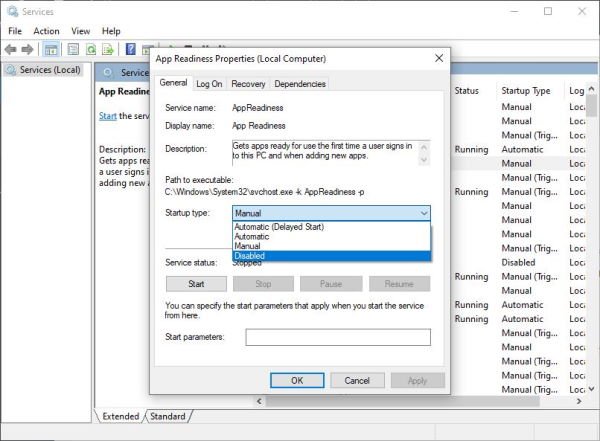
Press Ctrl+Shift+Esc to start the Task Manager. Press File > Run new task. Enter services.msc and hit Enter to open the Services Manager.
You will now need to open the service, App Readiness by double-clicking on the option. After that, change the Start-Up type to Disabled. Click Apply, then hit the OK button to complete.
The App Readiness Service gets apps ready for use the first time a user signs in to this PC. The default Startup Type is Manual. Disabling this Service has been known to help.
If the problem is solved, remember to set it again to Manual on the next boot.
2] Run Automatic Startup Repair
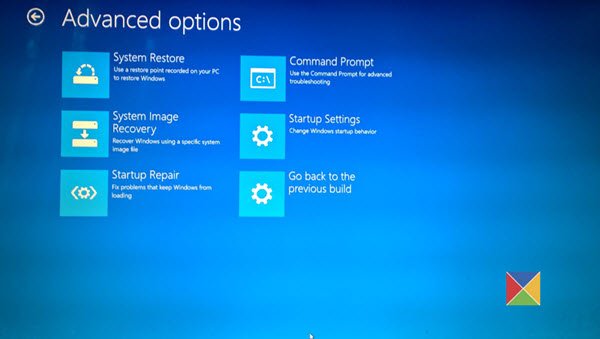
Run Automatic Startup Repair and see if that works. When the computer boots up, and the OS detects that there is something wrong with the files. It will trigger Automatic Startup Repair. If it doesn’t, then try interrupting the boot process three times in a row – for when you do this, Automatic Repair mode will appear.
3] Troubleshoot in Clean Boot State
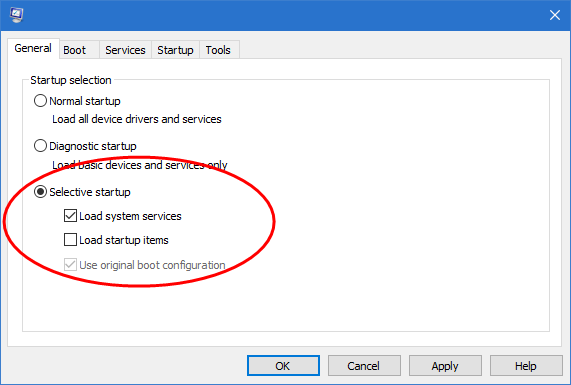
Perform a Clean Boot and try to identify the offending process that may be interfering with the startup process. Clean-boot troubleshooting is designed to isolate a performance problem. To perform clean-boot troubleshooting, you must take a number of actions, and then restart the computer after each action. You may need to manually disable one item after another to try and pinpoint the one that is causing the problem. Once you have identified the offender, you can consider removing or disabling it.
Related: Computer boots to black or blank screen with blinking cursor.
4] Uninstall/Reinstall or Update your Graphics Card
First press WinKey+Ctrl+Shift+B keyboard shortcuts to restart your Display driver and see if that helps. Else proceed.
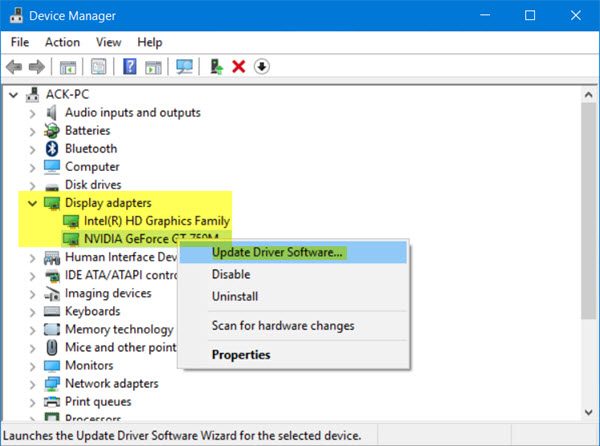
Press Ctrl+Shift+Esc to start the Task Manager. Press File > Run new task. Enter devmgmt.msc and hit Enter to open the Device Manager. When here, you may uninstall/reinstall or update your Graphics Card driver.
5] Use System Restore via Advanced Startup Options
Boot in Advanced Startup Options and use System Restore. Once there click Troubleshoot > Advanced options > System Restore.
6] Perform an In-place Upgrade
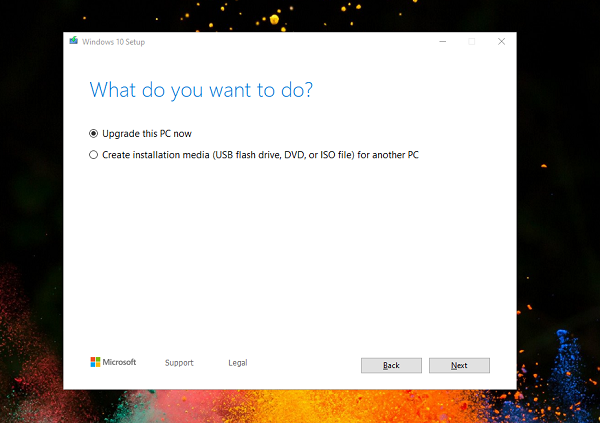
Perform Windows 11/10 in-place upgrade and see if that helps you. Remember to select the option to keep your personal files.
Ctrl+Alt+Del or Ctrl+Shift+Esc does not work when on the Black Screen
If you cannot use to open the Task Manager then you have two options:
- Boot in Advanced Startup Options and use CMD to perform various tasks mentioned above. You can also use System Restore here.
- Boot using the Installation media and go to the Safe Mode. Here you can uninstall the device driver, disable the Service, etc.
Once you have completed your troubleshooting, you may power down your computer, wait for 10 seconds, and power it on again.
We hope that you will be able to get to your desktop.
Read: Windows Black Screen problems – Stuck on Black Screen
How to fix black screen with cursor in Windows 11?
If you see a black screen with a cursor, first of all, try to access the Task Manager, then go to Services, and disable App Readiness. If you are unable to access the Task Manager, boot into Advanced Startup Options and then do the job. We recommend you check out the aforementioned guide to learn more solutions and ways to open Task Manager if the shortcuts are not working.
Also Read: Black Screen after reboot on Welcome Screen in Windows.
Leave a Reply